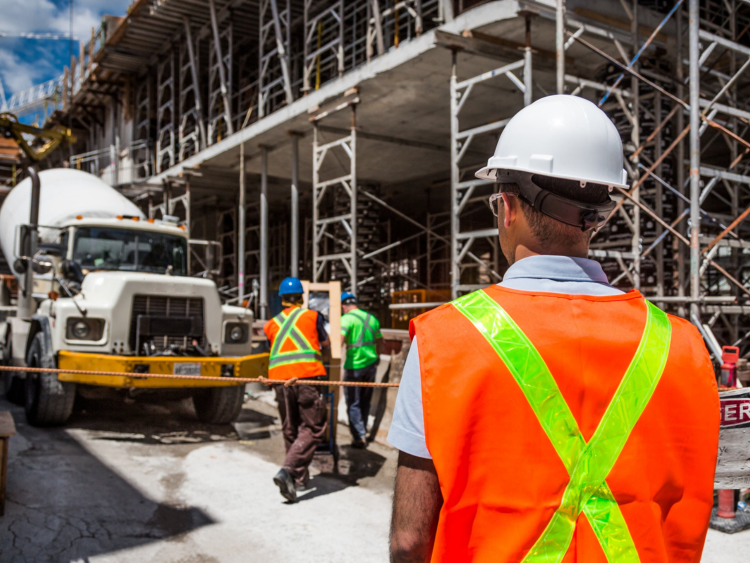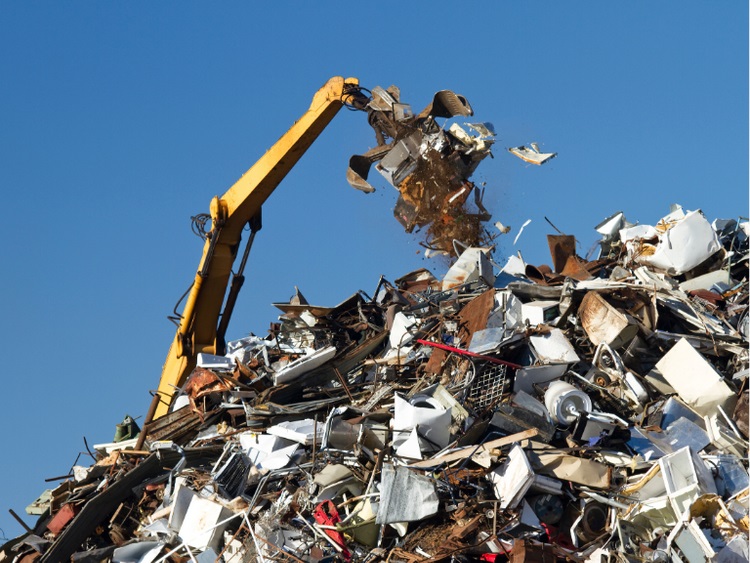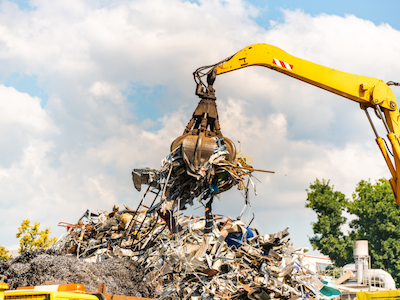Scrap Consumers

October 8, 2024
Construction sector adds jobs while spending eases
Written by Stephanie Ritenbaugh
The construction sector is attracting more workers, and while spending dipped over the month, it remains higher compared to a year ago.
Employment in the sector gained 25,000 jobs in September and 238,000 jobs, or 3.0%, year-over-year (y/y), according to the latest data from the Bureau of Labor Statistics.
Over the month, nonresidential specialty trade contractors added 17,000 jobs. Residential construction employment rose by 7,800 in September.
Construction jobs were one of the drivers in the overall employment rate during the month. Total nonfarm employment rose by 254,000 in September, with the unemployment rate changed little at 4.1%, the BLS reported.
A robust construction sector is good for the steel and aluminum used in building projects — and that’s good for scrap demand.
Veronika Akhmadieva, senior economist, economics and sustainability for CRU Group, noted that the construction sector has been dealing with labor shortages since the COVID-19 pandemic, so there’s solid demand for workers.
“If we look at how the sector is performing, what we can see is that, overall, residential and nonresidential construction are doing better than last year (e.g. residential construction still stood 2.7% higher in August 2024 compared to August 2023 and nonresidential construction was still 5.2% higher than a year ago). Nonresidential construction is well supported by construction of manufacturing plants under the CHIPS and Science Act,” Akhmadieva said.
Ken Simonson, chief economist of the Arlington-based trade group Associated General Contractors of America, also noted strong job growth.
“The persistently low unemployment rate for jobseekers with construction experience and the high level of job openings suggest the industry would hire even more workers if they could find enough qualified applicants,” he said.
However, monthly growth has eased over the last several months.
The U.S. Census Bureau estimated construction spending to be $2.13 trillion in August on a seasonally adjusted annual rate. This was 0.1% below July’s revised spending rate, but was 4.1% higher than in August 2023.
“If you look at monthly growth rates, you can see that momentum we observed in the construction sector at the beginning of the year has faded with monthly growth in residential sector turning negative in June and monthly growth in nonresidential sector decelerating as well,” Akhmadieva said. “Although activity in this sub-sector remains slightly more volatile with a mix of better months and bad ones.”
Akhmadieva expects that lower interest rates will boost the sector in 2025.
“We expect to see solid growth in construction 3.3%,” she said.
Residential construction investment hit $911.4 billion in August. That’s down 0.3% month over month (m/m) but 2.7% higher y/y.
As for non-residential work, expenditures in highway construction rose 1.1% m/m to $141.4 billion in August, followed by state and local government work by 0.3%, according to Census data.
In addition, the Dodge Momentum Index (DMI) shed 4.2% in September as commercial planning eased. Even so, the rate cuts by the Federal Reserve are expected to boost construction in 2025.
“Despite this month’s decline, the Dodge Momentum Index remains at very robust levels,” stated Sarah Martin, associate director of forecasting at Dodge Construction Network, which issues the report. “A surge in data center activity drove much of the recent rapid growth in the DMI – so as planning for that sector moderated over the month, overall commercial planning fell back. By mid-2025, the Fed’s rate cuts should spur planning projects to reach groundbreaking more quickly – leading to stronger nonresidential activity as 2025 progresses.”
The DMI tracks the value of nonresidential construction projects entering the planning stages. It typically leads construction spending by about 12 months.
Dodge Construction Network reported a DMI of 208.6 in September, a 4.2% drop from 217.7 the month before. Despite a 5.2% improvement in institutional planning, commercial planning contracted 7.8%.
Compared to a year ago, September’s DMI was 21% higher, with the institutional segment rising 4% and the commercial segment surging 31%, RMU’s sister publication Steel Market Update noted.





